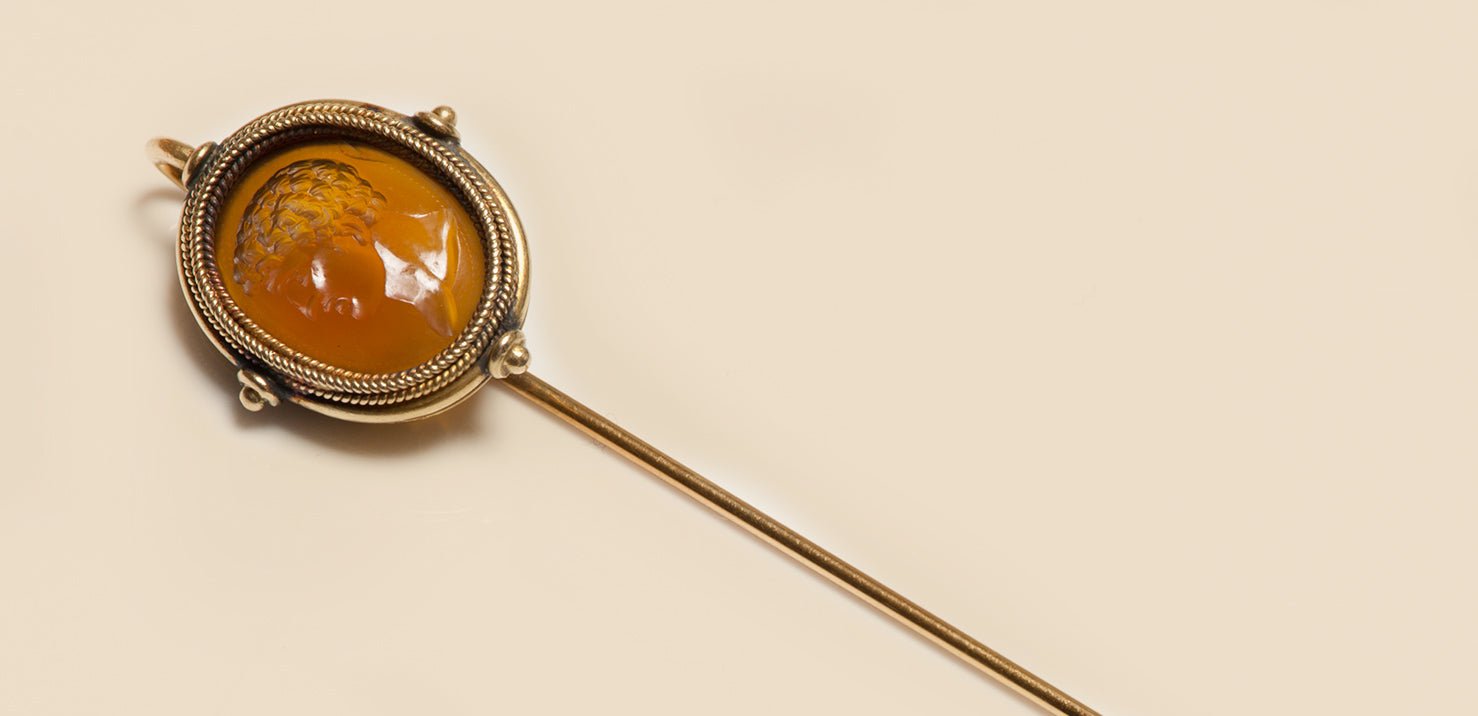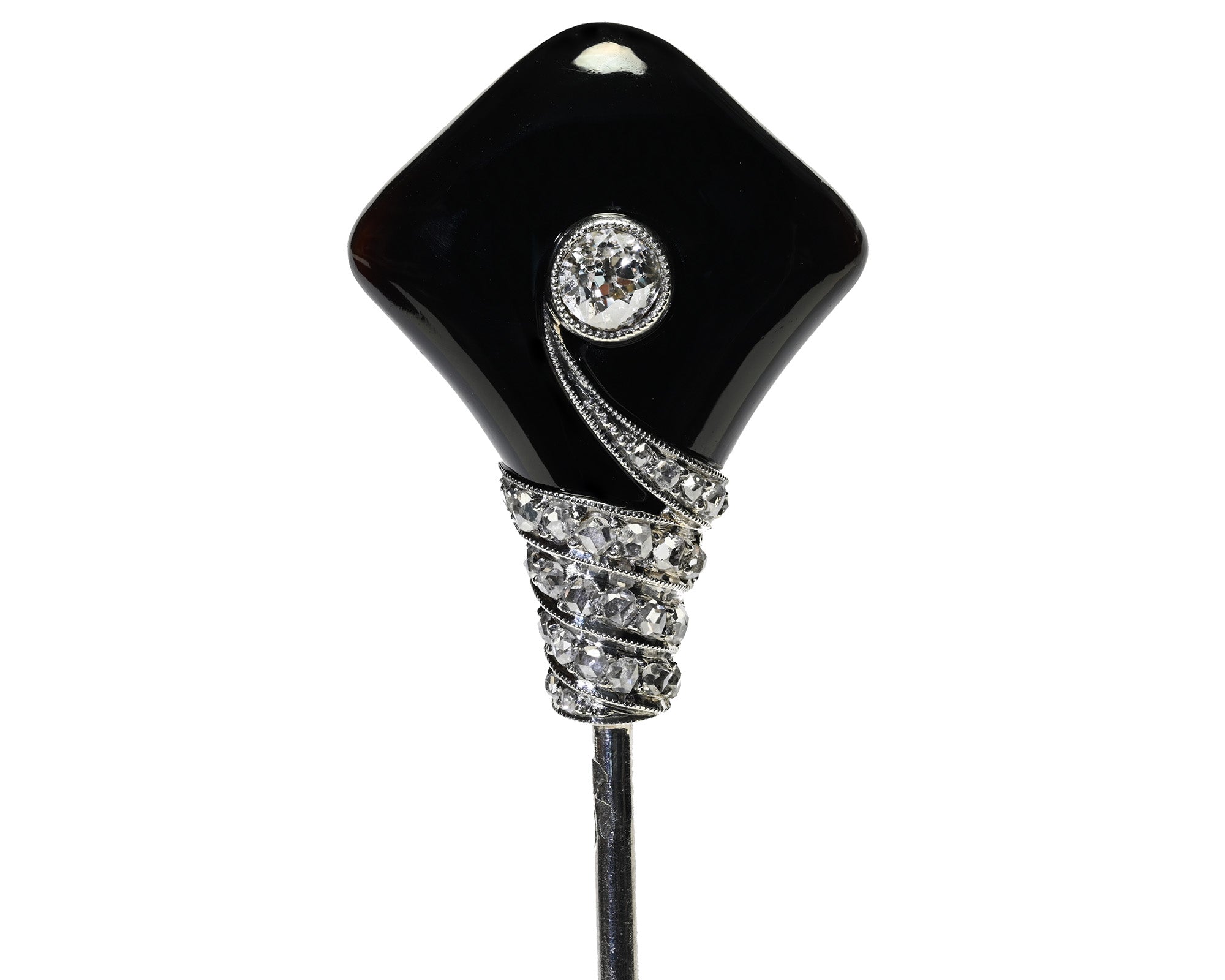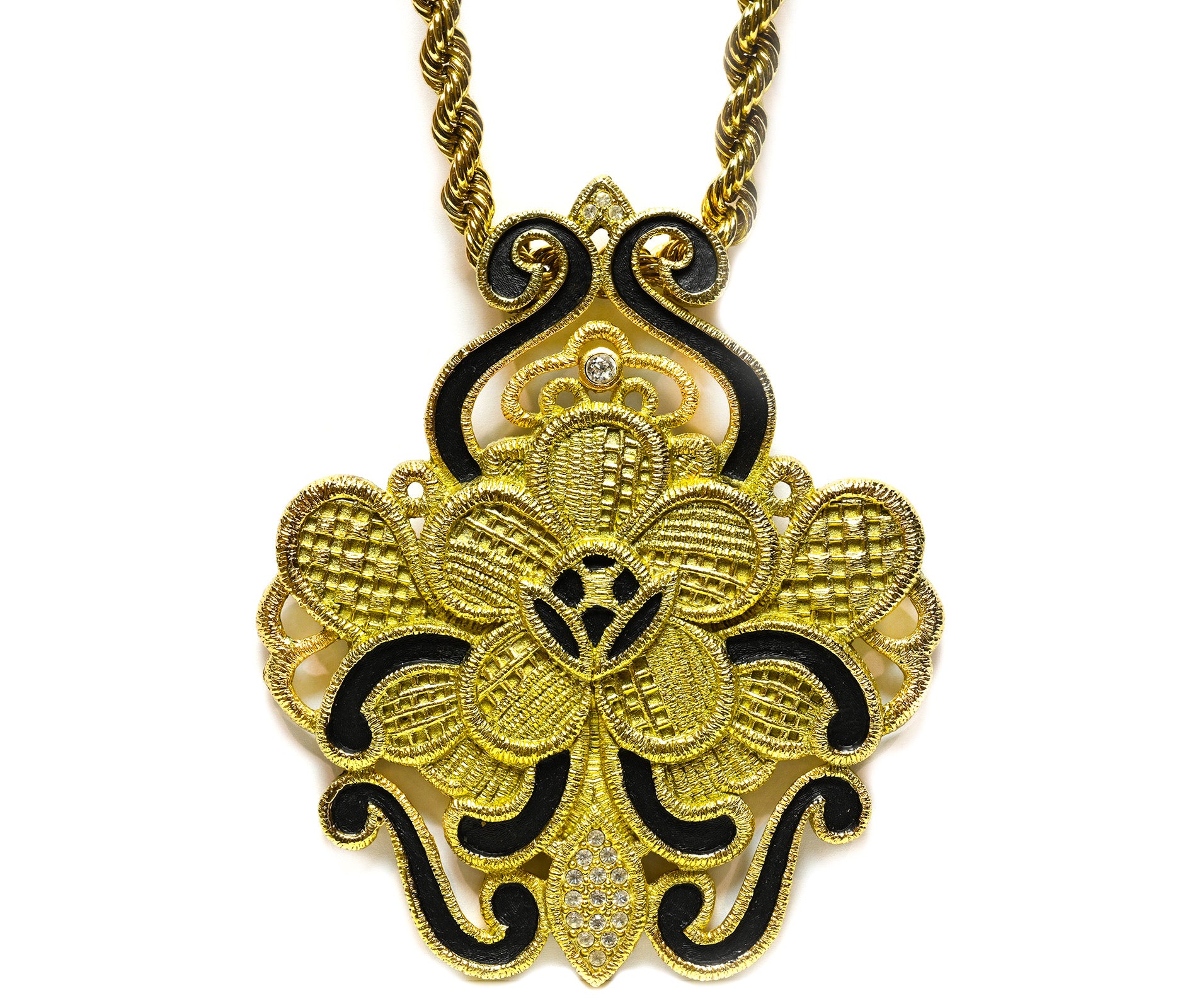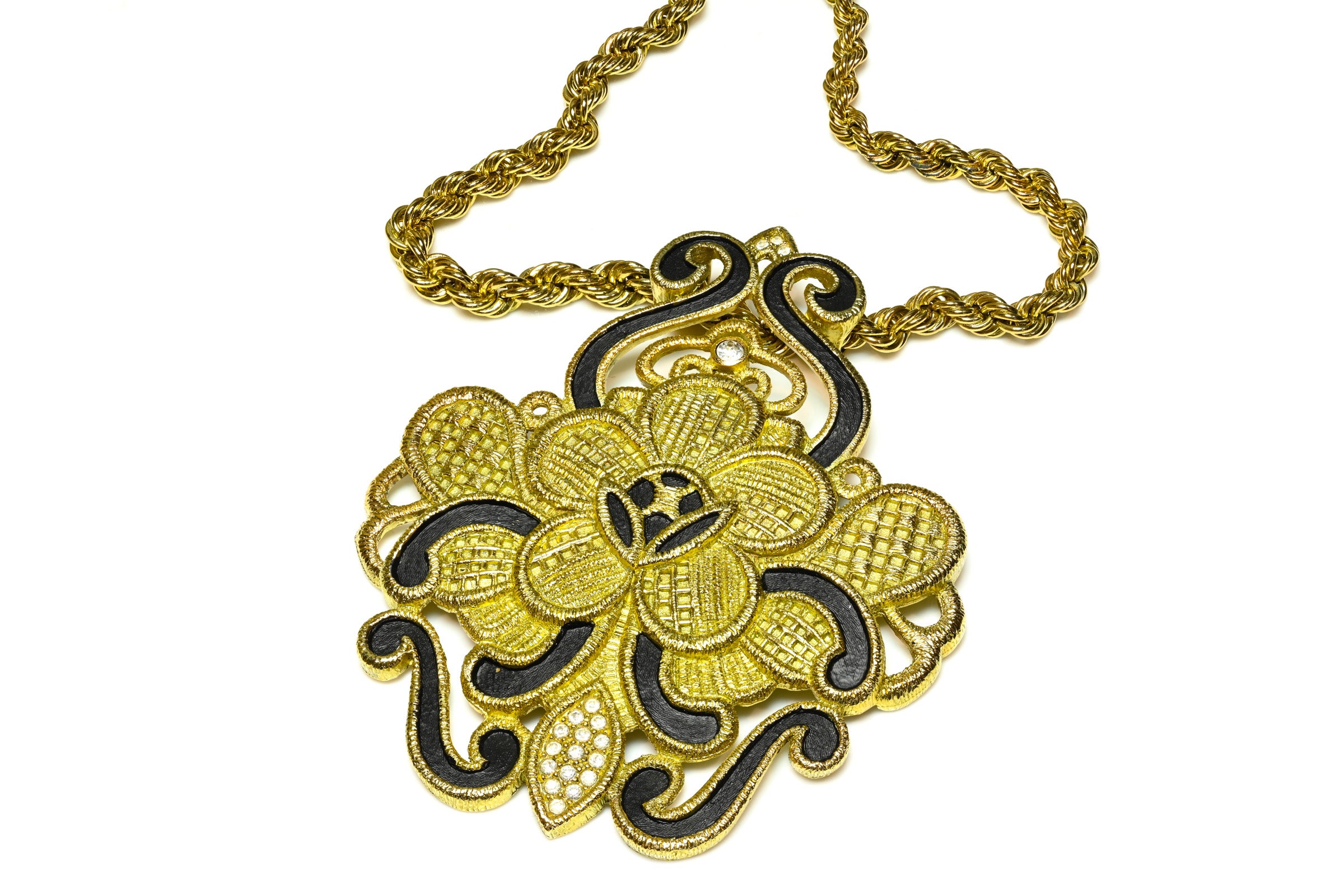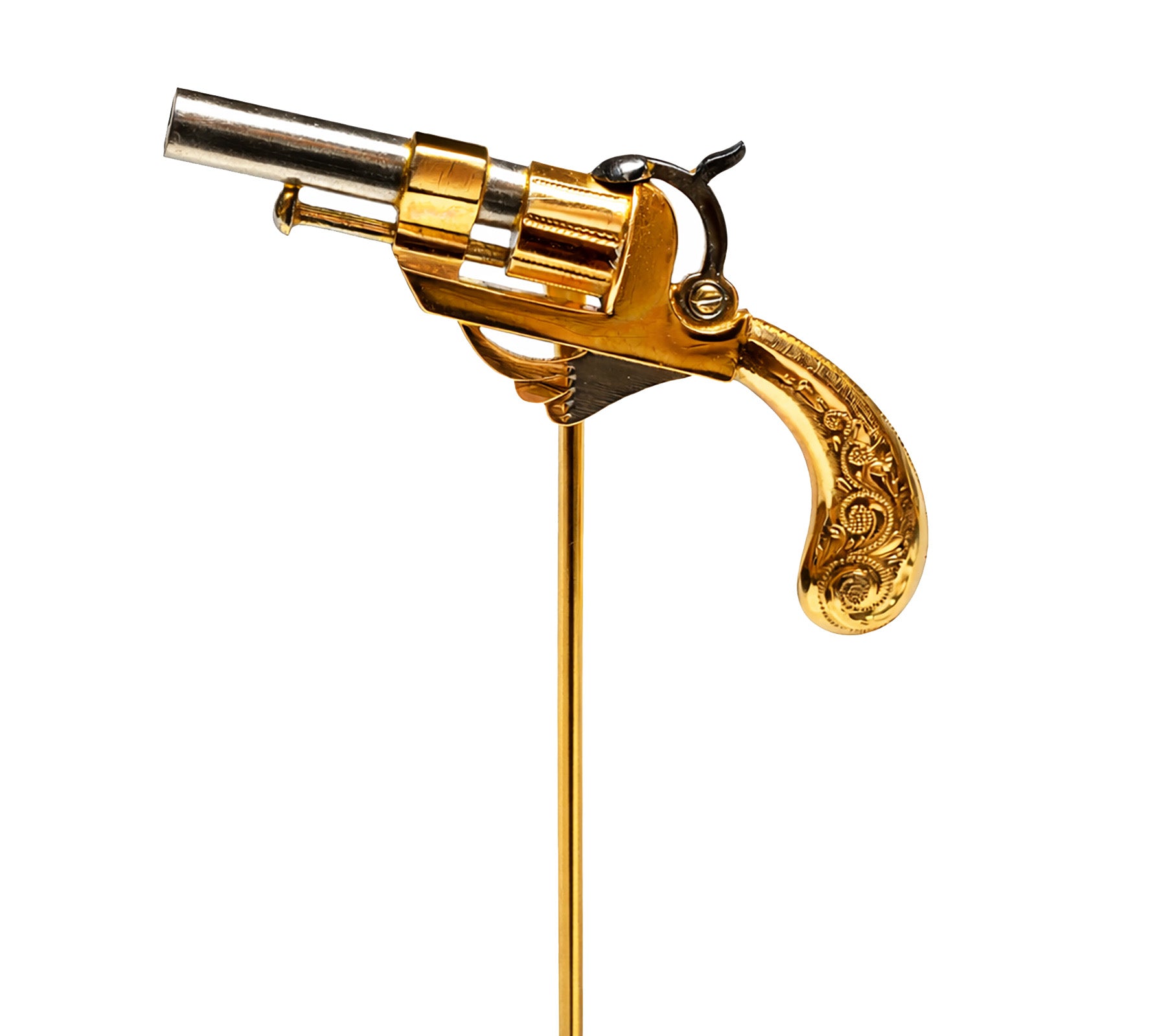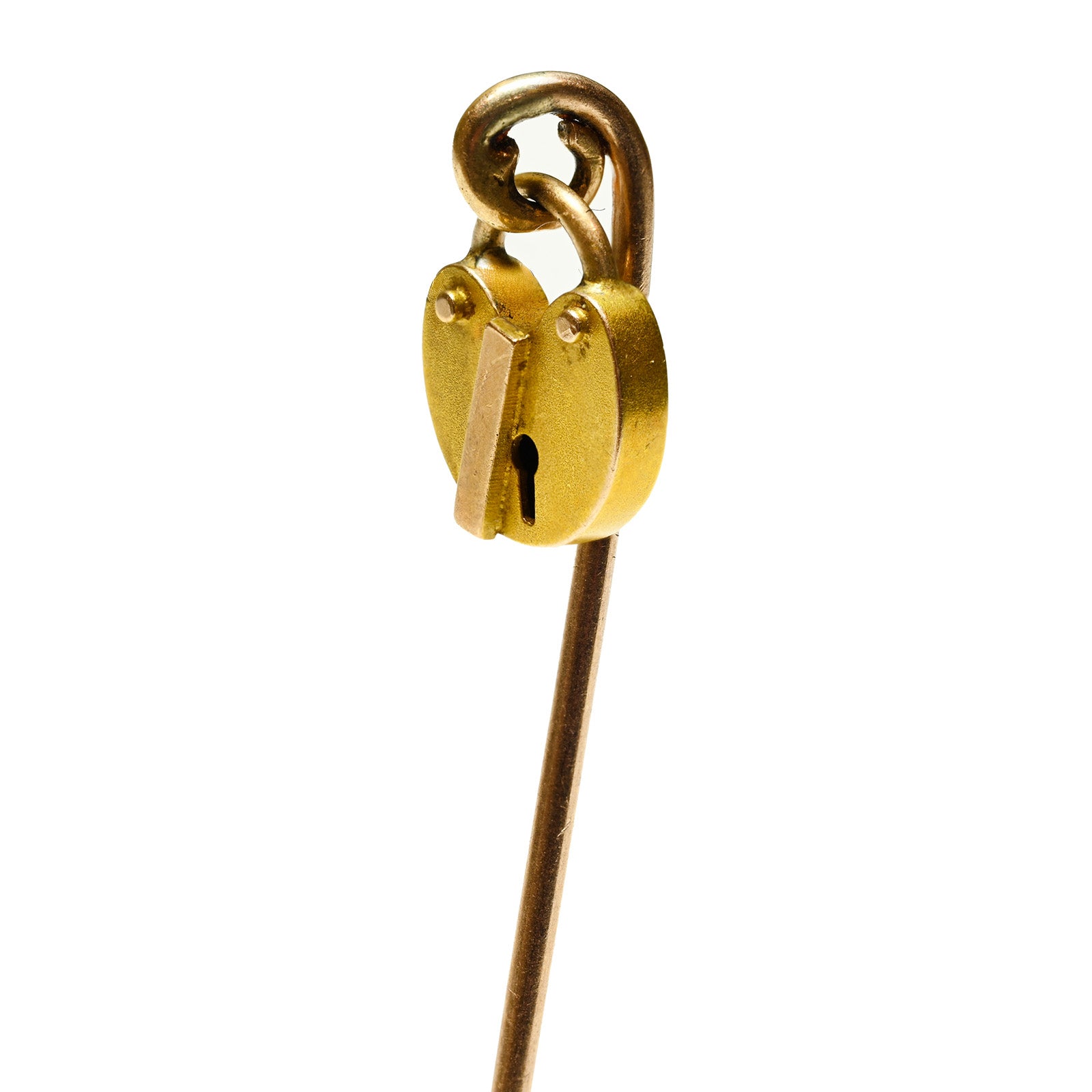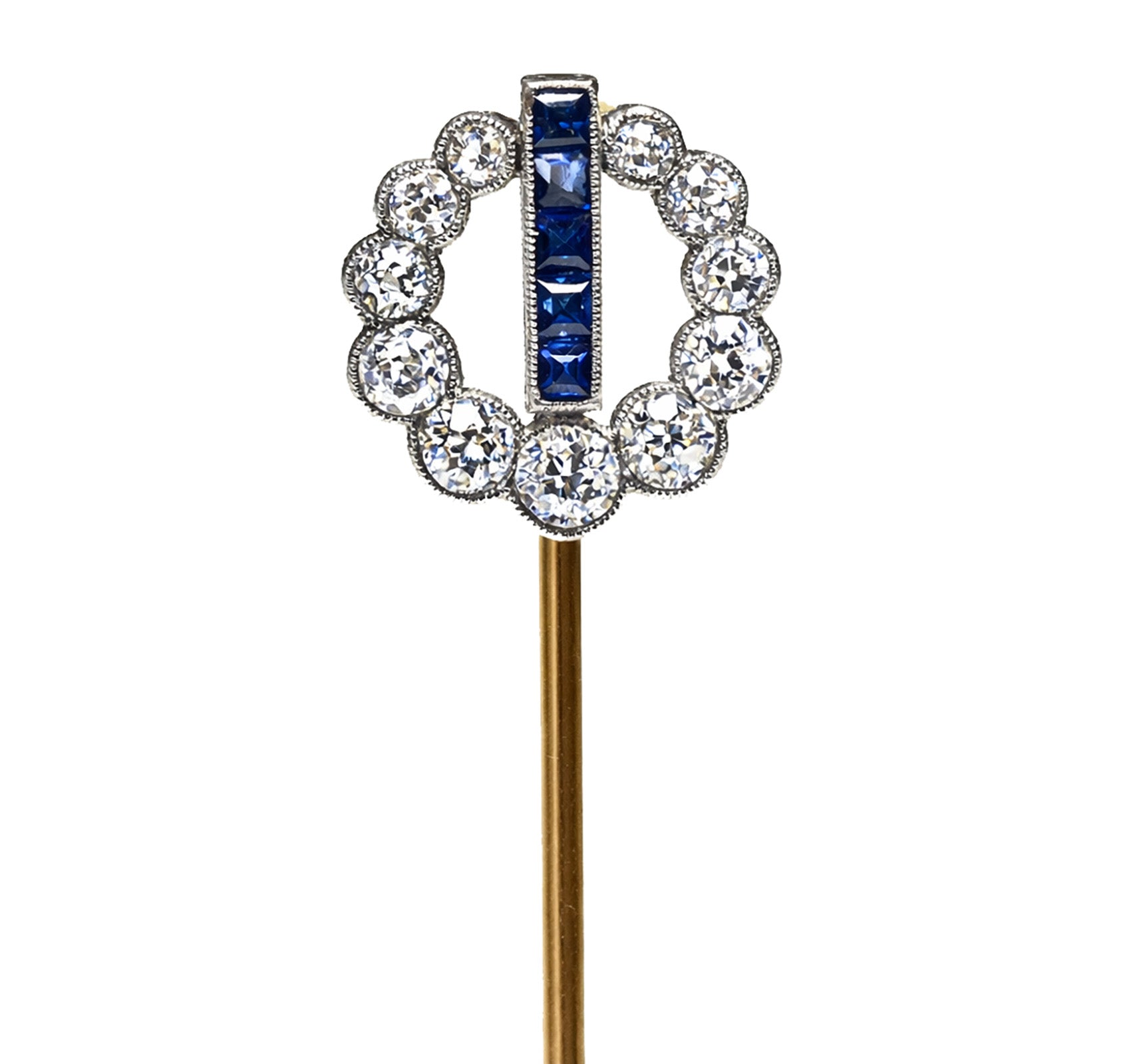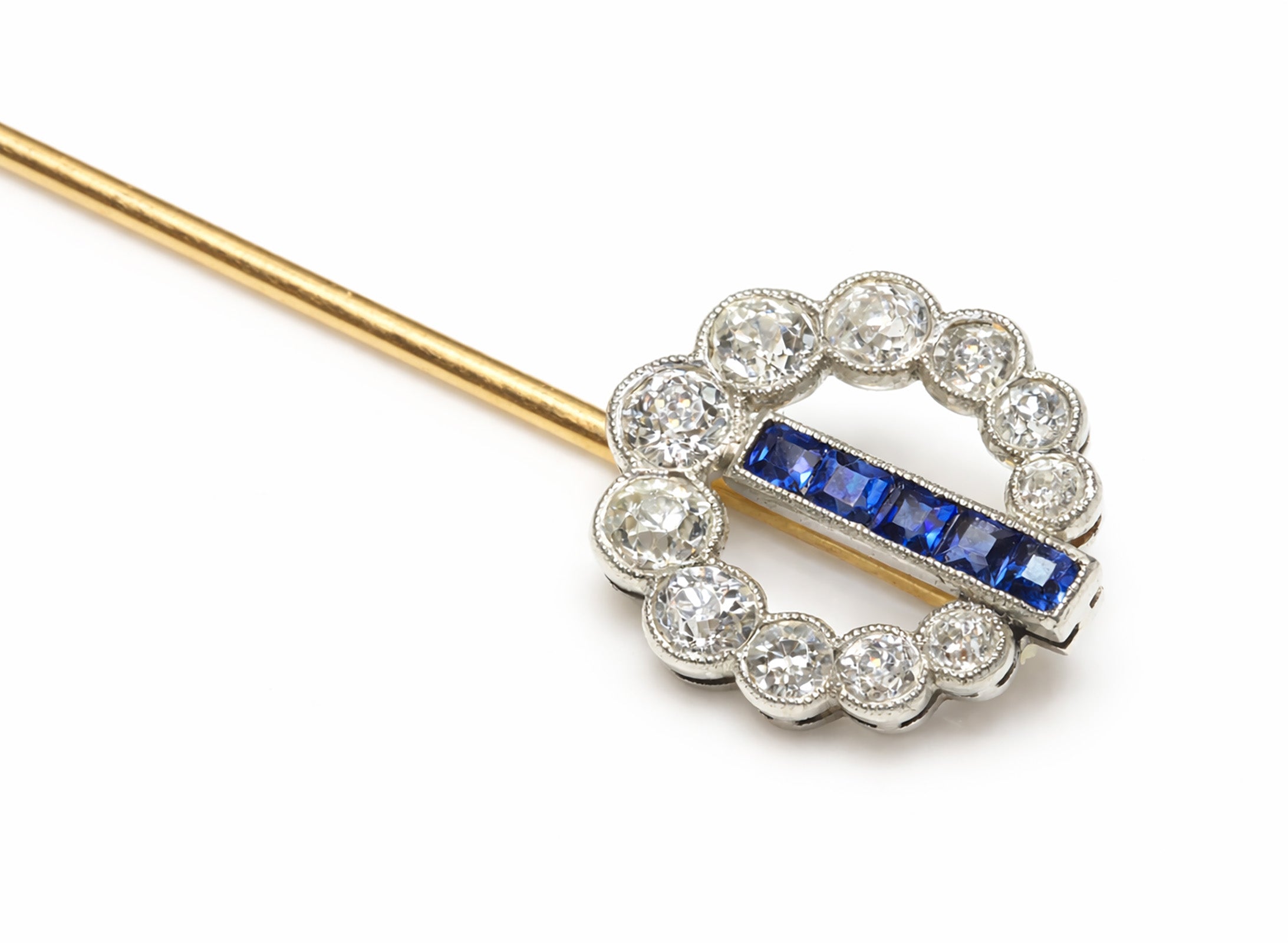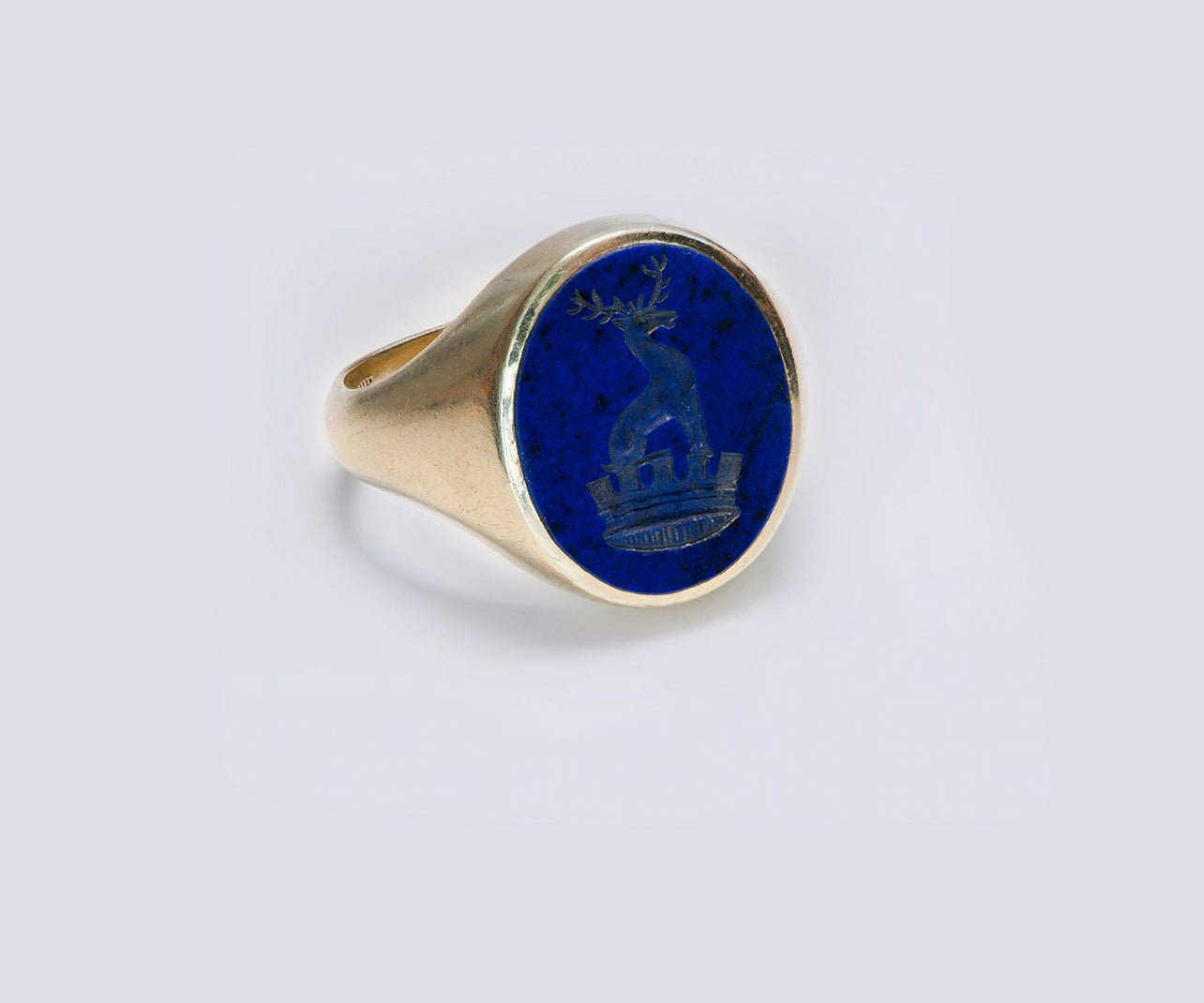
The Fascinating Story of Lapis Lazuli
The rare blue mineral is used to make art objects and jewelry, and its properties vary depending on the composition. Some of the most valuable lapis lazuli stones were as expensive as gold in ancient times.
The Lapis lazuli gemstone has a special symbolism, it is associated with the blue sky, the gods, as well as royalty and nobility.
Lapis Lazuli in Ancient Times
In ancient times, only those with a very high social status could afford to wear jewelry with this special gemstone. For example, more than four millennia ago, the princesses of the Sumerian city of Ur wore necklaces made out of these beautiful blue stones. Thousands of small statuettes of animals were discovered in the necropolises of Ur, as well as lapis lazuli seals.
Furthermore, the fine dust obtained by grinding this stone was used by rich women in ancient Egypt as eyeshadow. This gem was also used in small quantities in the funeral mask of Pharaoh Tutankhamun.
Lapis lazuli acquired a magical aura due to the beautiful and intense blue color, it was also used in amulets and it was believed that it banishes evil spirits and the evil eye. It was believed that the stone has healing properties: that it can relieve pain, reduce inflammation and make you breathe easier. Some also claimed that it emits very special energies.
This stone was not very present in the world of ancient Rome, not only because it was expensive, but also because blue was sometimes associated with barbarians and their clothing.
The Purest Lapis Lazuli Stones Come From Afghanistan
Specialized dictionaries explain that lapis lazuli is a crystallized, granular, semi-transparent to opaque, blue rock used as a semi-precious stone. It may contain lazurite, pyrite, calcite, or small amounts of diopside and sodalite."Lapis" is a Latin word meaning "stone," while "lazulum" is the genitive of a Latin word that was taken from Persian (lājevard) via Arabic (lāzaward) and meant "sky" or "air". "Lazulum" is etymologically related to the color blue and is considered to be the root of the word "blue" in languages such as Spanish and Portuguese (azul).
Lapis lazuli is excavated from countries such as Afghanistan, Pakistan, Chile, Myanmar, India, China, and Russia.
The best-known source for the purest lapis lazuli stones is the Sar-e Sang mine in northern Afghanistan, a country plagued by wars, corruption, and poverty. It is an area at high altitude (over 3,000 m) and an area of only a few square kilometers from which the magical stones have been brought at the surface for millennia (at least 7,000 or 8,000 years).
The Most Wonderful Blue Color in the World... and the Most Expensive One
Lapis lazuli first entered Europe after the year 1100 and its pigment was used mainly in painting, at first in the religious one, because blue was not related to pagan traditions. Virgin Mary has been painted in blue since the 12th century and lapis lazuli gave this beautiful shade called "ultramarine blue" and had a great advantage: the color exceptionally retained its stability for a long time, unlike alternatives such as azure pigments which over time turned green or black.Lapis lazuli was rare because it was extremely expensive, its price was similar to that of gold even for the powder version (intended for painters) where it was mixed with wax and oil.

It is said that in the beginning, even the great Michelangelo couldn't get his hands on it as much as he desired, since one of his paintings had remained unfinished because he could not obtain the special pigment. The ultramarine blue pigment - the result of this expensive mixture - was also used in the paintings in the Sistine Chapel.
The ultramarine blue remained known as "the most expensive color in history", and in the medieval period, it was obtained from lapis lazuli ground in fine powder to which melted wax, oils, and pine resin were added. Everything was then placed in an alkaline solution.
The mines in northern Afghanistan where lapis lazuli was extracted were also visited by the traveler Marco Polo around the year 1273. He fell ill and stayed for a year in the Badakshan region where the Sar-e Sang mines are located.
From the 13th and 14th centuries, several European painters began to use this rare blue pigment, and from the second half of the 16th century, larger lapis lazuli objects appeared, such as drinking cups. The Grand Duke Cosimo I of Medici, but also his successor Francesco I bought a lot of objects from this rare rock from artisans in Milan.
After 1650, lapis lazuli panels painted with various scenes became fashionable among the rich.
Sources: New York Times, HotNews, gemsociety.org, Guardian, BBC, CNN
View our Collection of Antique & Vintage Jewelry

